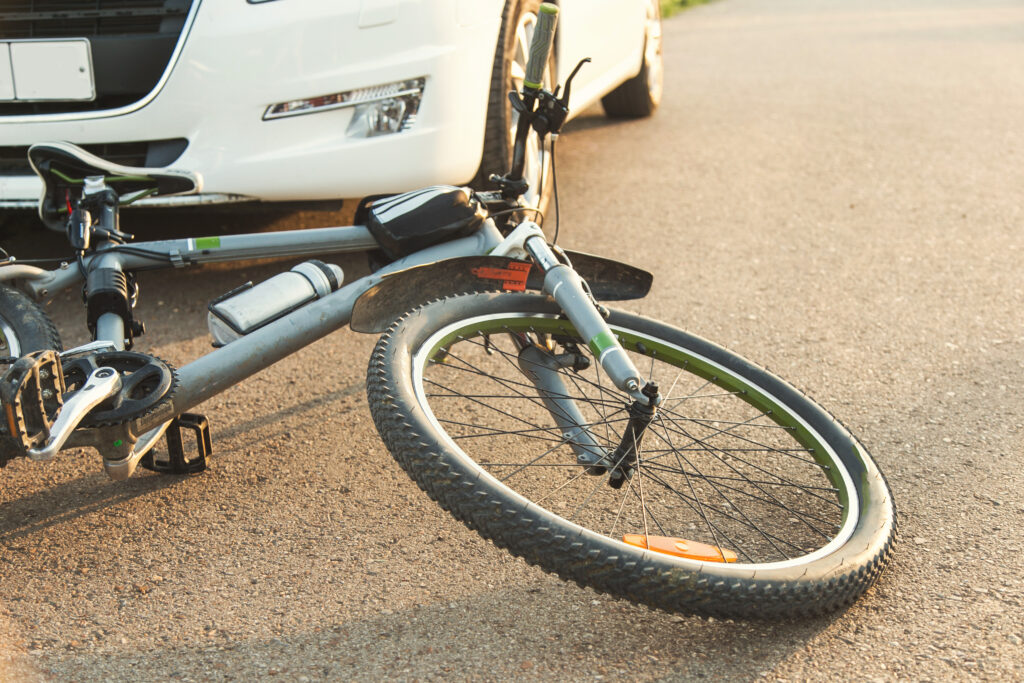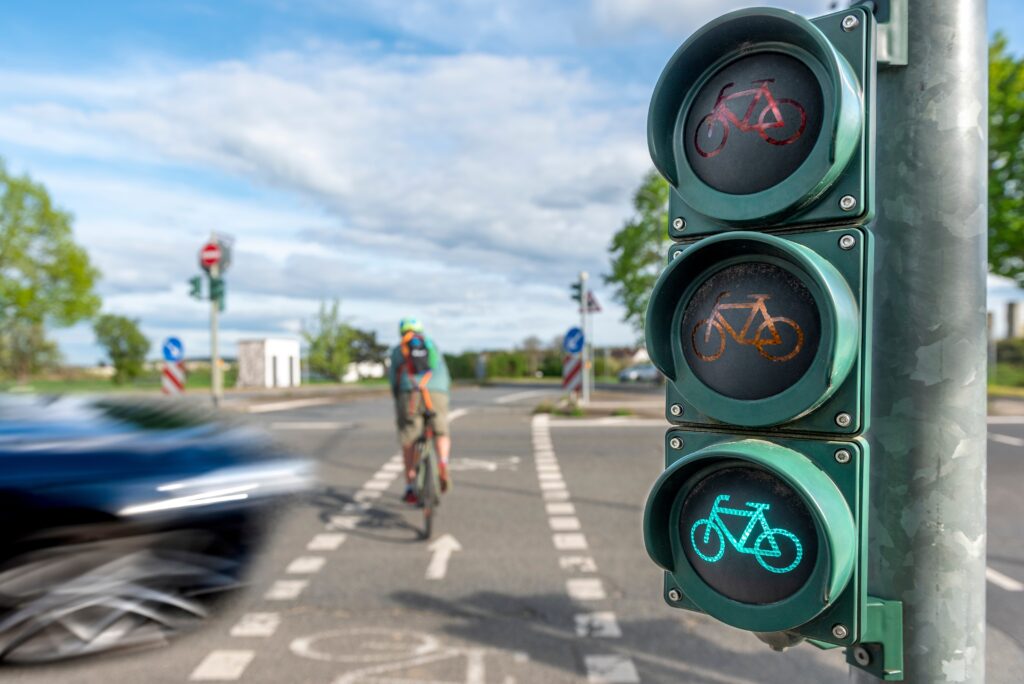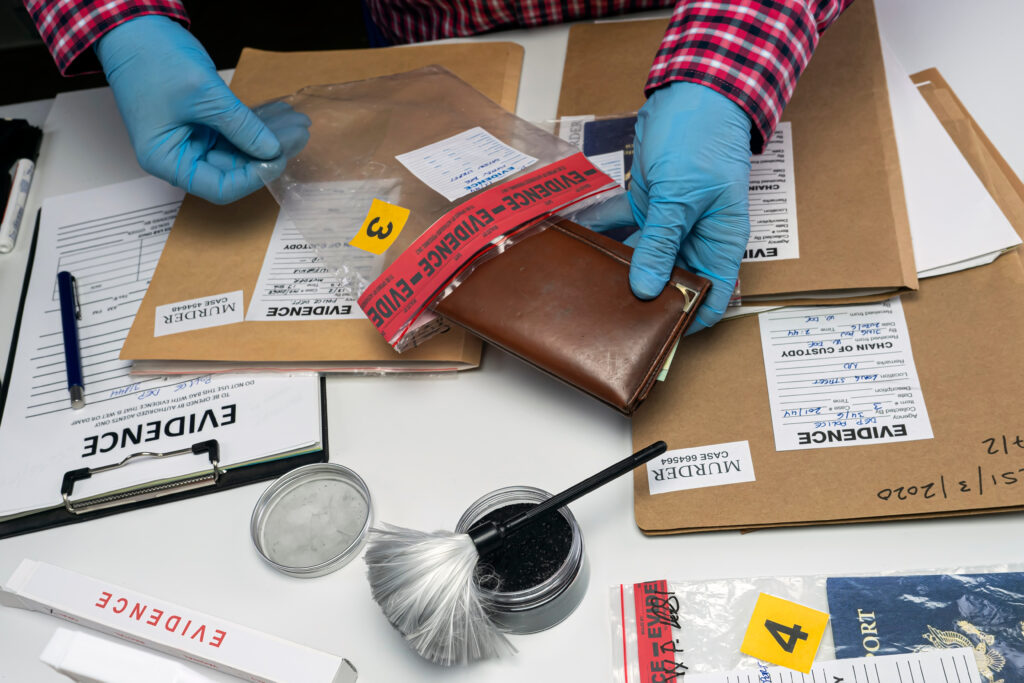Bicycle accidents usually happen when drivers violate traffic laws or drive while distracted or intoxicated. If you suffered injuries in a bike accident due to someone else’s negligence, you want a knowledgeable Calgary bicycle accident lawyer on your side as soon as possible.
Your lawyer can answer all your questions, file a claim or lawsuit on your behalf, and pursue the full monetary compensation you deserve. The following are some of the most frequently asked questions regarding bike crashes and resulting legal claims.
What Injuries Can You Suffer in a Bike Accident?
Bicycle accidents may lead to a variety of physical and mental injuries, ranging from minor scrapes to severe, life-threatening conditions.

Physical Injuries:
- Head Injuries – Head injuries are among the most serious and common in bicycle accidents. These may include concussions, comas, and other traumatic brain injuries (TBI). Wearing a helmet significantly reduces the risk of severe head injuries, but these injuries can still happen in some circumstances.
- Fractures – Breaking a bone is another frequent outcome of bicycle crashes. The collarbone, arms, wrists, and legs are particularly vulnerable. The force of a fall or collision can easily result in fractures, which may require surgery and long recovery periods.
- Road Rash – Road rash occurs when a bicycle rider’s skin scrapes against the pavement. This can range from mild to severe, sometimes involving deep layers of skin and requiring medical attention to prevent infection.
- Facial Injuries – The face is often unprotected, and injuries here can include broken teeth, lacerations, and even fractures of the jaw or cheekbones. These injuries can be painful and may require cosmetic surgery.
- Spinal Injuries – Though less common, spinal injuries can also occur – particularly in high-speed accidents. Damage to the spine can lead to serious consequences, including paralysis.
Mental Injuries:
- Post-Traumatic Stress Disorder (PTSD) – After a serious bicycle accident, individuals may develop PTSD. Symptoms include flashbacks, nightmares, and severe anxiety that can interfere with daily life.
- Depression – The aftermath of a bicycle accident – especially one that leads to long-term physical impairment – can cause depression. Feelings of sadness, hopelessness, and a loss of interest in activities once enjoyed are common symptoms.
- Anxiety – Anxiety disorders can also develop after an accident. This may manifest as a fear of riding again or more generalized anxiety affecting various aspects of life.
- Cognitive Impairments – Severe head injuries suffered in bicycle accidents can lead to cognitive issues, such as memory problems, difficulty concentrating, and impaired judgment. These impairments can affect a person’s ability to work or perform daily tasks.
- Emotional Trauma – Even without a diagnosed mental disorder, the emotional effect of a bicycle accident can be profound. Survivors may experience irritability, mood swings, and emotional numbness.
Both physical and mental injuries from bicycle accidents can be serious. If you suffered any of these injuries, a knowledgeable bicycle accident lawyer can gather important evidence while you complete your medical treatment.
How do Negligent Drivers Cause Bicycle Accidents?
Negligent drivers significantly contribute to bicycle accidents, often with serious consequences.
Causes of Bicycle Accidents Due to Negligent Drivers:

- Distracted Driving – One of the primary causes of bicycle accidents is drivers not paying full attention to the road. This can involve texting, talking on the phone, eating, or any other activity that takes their focus away from driving. A moment of distraction is enough to miss seeing a cyclist.
- Speeding – Drivers who exceed the speed limit have less time to react to sudden changes, such as a cyclist entering their path. High speeds increase the likelihood of a collision and the severity of injuries.
- Failure to Yield – Many bike accidents happen at intersections where drivers fail to yield the right-of-way to cyclists. This often occurs when drivers turn left or right without noticing an approaching cyclist.
- Impaired Driving – Alcohol or drug impairment significantly reduces a driver’s reaction time, coordination, and judgment. Drunk driving remains a major cause of bicycle accidents, as impaired drivers are less likely to see and properly react to cyclists.
- Close Passing – Drivers often underestimate the space needed when overtaking cyclists. Passing too closely can cause cyclists to lose balance or get hit, leading to serious accidents.
Common Types of Bicycle Accidents:
- Right Hook – This happens when a car overtakes a cyclist and then makes a right turn directly in front of them. Unable to stop in time, the cyclist crashes into the turning vehicle.
- Left Cross – A left cross occurs when a driver turning left at an intersection fails to see an oncoming cyclist and turns into their path, causing a collision.
- Dooring – Dooring accidents occur when a parked car’s driver or passenger opens a door into the path of an oncoming cyclist. The sudden obstruction can cause the cyclist to crash or swerve into traffic.
- Rear-End Collisions – These occur when a car hits a cyclist from behind. This is often due to the driver not seeing the cyclist or misjudging their speed.
- Sideswipes – These accidents happen when a vehicle passes too closely to a cyclist, potentially knocking them off balance or off the road entirely.
How Do You Legally Prove a Bike Accident Case?
To prove a bicycle accident case, you must demonstrate four key elements: duty of care, breach of duty, causation, and damages. Gathering the right evidence is crucial to building a strong case.
Elements of a Bicycle Accident Case:
- Duty of Care – This means showing that the driver had a legal obligation to drive safely and follow all traffic laws. Drivers are expected to exercise reasonable care to avoid harming others on the road – including bicyclists.
- Breach of Duty – You must prove that the driver failed to meet their duty of care. This may be due to speeding, running a red light, texting while driving, or failing to yield the right-of-way to the cyclist.
- Causation – Establishing a direct link between the driver’s breach of duty and the bicycle accident is necessary. You must show that the driver’s negligence directly caused both the accident and your injuries.
- Damages – Finally, you must demonstrate that you suffered actual damages from the accident. Damages can include physical injuries, lost earnings, inconvenience, pain, and suffering.
Important Types of Evidence:

- Police Reports—Police reports are often the first official documentation after an accident. They typically include details about the accident, statements from the parties involved, and the officer’s observations. They can provide a clear, unbiased account of what happened and are valuable in proving fault for the collision.
- Medical Records – These records document the injuries sustained and the treatment received. They are crucial for proving that the bike accident caused physical harm and for showing the extent and severity of the injuries.
- Photographs and Videos – Visual evidence from the accident scene can also be compelling. Photos of the accident site, vehicle damage, road conditions, and visible injuries can help illustrate the circumstances of the accident and support your claims.
- Witness Statements – Eyewitnesses can provide critical testimony about how the accident occurred. Their statements can corroborate your version of events and help establish the driver’s negligence.
- Surveillance Footage – Nearby security cameras or traffic cameras may have captured the bicycle accident. This footage can provide a clear, objective view of what happened, often showing the driver’s actions leading up to the crash.
- Expert Testimony – Sometimes, experts like accident reconstruction specialists or medical professionals are needed to provide a detailed analysis. They can explain complex aspects of the case, such as how the accident occurred or the long-term effects of the cyclist’s injuries.
By effectively gathering and presenting these types of evidence, you can prove the elements of your bicycle accident case and strengthen your chances of obtaining fair compensation.
Will my Bike Accident Case go to Trial?
Whether a bicycle accident case proceeds to trial depends on several key factors, including:
- Liability Disputes – If there is a clear dispute over who is at fault for the accident, both parties may be unwilling to settle out of court. The plaintiff may believe that the defendant is entirely responsible for the accident, while the defendant may argue that the cyclist contributed to the crash.
- Insurance Coverage – The extent of insurance coverage available to both parties can also affect the decision to go to trial. Insurance companies may prefer to settle claims to avoid the costs and uncertainties of a trial. However, if coverage limits are insufficient to cover damages, the case may proceed to trial to seek additional compensation.
- Severity of Injuries – Cases involving severe injuries often have higher stakes, as the plaintiff may require substantial compensation to cover lost income, loss of earning capacity, emotional distress, and pain and suffering. If the defendant’s insurance company disputes the severity of injuries or their connection to the accident, the case may go to trial for a judge or jury to decide.
- Negotiation Attempts – Before going to trial, both parties typically engage in negotiations to try and reach a settlement. If these negotiations are unsuccessful and there is a significant gap between the amount that the plaintiff seeks and the amount that the defendant’s insurance company is willing to offer, the case may proceed to trial for a final resolution.
- Evidence Strength – The strength of the evidence also plays a crucial role in determining whether a particular case goes to trial. The case may be more likely to settle if there is clear and compelling evidence supporting one party’s version of events or proving liability.
- Legal Costs and Time – Trials can be expensive and time-consuming for both parties. Factors such as the complexity of the case, availability of witnesses, and courtroom schedule may influence the decision to settle or proceed to trial.
Ultimately, the decision to go to trial in a bicycle accident case is a strategic one based on the specific circumstances of each case, the goals of the parties involved, and the advice of their legal counsel.
What Damages Can I Recover for Bike Accident Injuries?

Injured cyclists might recover compensation for the following injury-related losses, among others:
- Lost Earnings – If the accident caused the injured cyclist to miss time from work or resulted in a reduced earning capacity, they may be entitled to compensation for their losses.
- Pain and Suffering – This category of damage compensates for the physical pain, discomfort, and emotional distress that the injured cyclist experienced due to their injuries. It encompasses both the immediate pain after the accident and any ongoing suffering resulting from long-term effects of the injuries.
- Loss of Life Enjoyment – If the injuries significantly affect the cyclist’s ability to engage in activities they enjoyed before the accident, they may be awarded damages for their loss of life enjoyment. This can include hobbies, sports, social activities, and other lifestyle changes resulting from the injuries.
- Loss of Consortium – This compensates the spouse or family members of the injured cyclist for loss of companionship, support, and services. It recognizes the effects of the cyclist’s injuries on personal relationships and family dynamics.
- Emotional Distress – Beyond physical injuries, accidents can cause significant emotional trauma, such as anxiety, depression, or post-traumatic stress disorder (PTSD). Damages may be available for the emotional effect and psychological suffering resulting from the bike accident.
- Permanent Disability or Disfigurement – If the accident results in permanent physical disabilities or disfigurement, such as amputations, scars, or loss of limb function, the injured cyclist may receive compensation for these lifelong changes and their effects on daily life and self-image.
- Loss of Future Earnings – In cases where injuries lead to long-term or permanent disabilities that affect the cyclist’s ability to work and earn income in the future, damages may be awarded to compensate for this loss. This includes both reduced earning capacity and potential career advancement opportunities.
These types of damages aim to fairly compensate injured cyclists for how the accident has affected their lives. Each case is unique, and the amount of damages awarded depends upon factors like the severity of injuries, the effects on the cyclist’s life, and the evidence presented to support these claims.
Call an Experienced Bicycle Accident Lawyer in Your Area Right Away
If you recently suffered injuries in a bicycle accident, a skilled personal injury lawyer in Calgary can be an invaluable help throughout your case. Your lawyer can answer your questions and aggressively advocate on your behalf to pursue the compensation you need.
